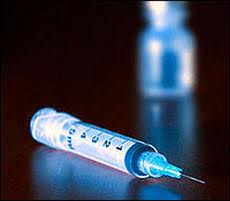A new study conducted at the University of Connecticut’s Human Performance Laboratory has concluded that being as little as one percent dehydrated can lead to all kinds of problems including: mood, energy level, focus, and energy.
During the tests it was concluded that it did not matter if someone had been exercising or sitting around, the “adverse effects of dehydration were still the same.” Most people wait until they have a thirsty feeling before taking in water or any liquids, but at this point the body is already one to two percent dehydrated.
According to Lawrence E. Armstrong, one of the lead scientists on this study and a professor of kinesiology at UConn’s Department of Kinesiology, the study confirmed that staying hydrated is important every day and in all aspects of life not just for exercising and being in extreme heat.
The studies also showed that women seem to have more problems due to dehydration than men do. It is unclear why this is, but “mild dehydration caused headaches, fatigue, and difficulty concentrating.” Most women found that tasks were more difficult when mildly dehydrated although their cognitive reasoning was not impaired. Women were much more sensitive to mood impairment than men during the exercise and at rest tests.
Men also experienced “fatigue, tension, and anxiety when mildly dehydrated.” Their problems were more in the areas of “vigilance and working memory” during the tests. They too could have mood problems, but it was not as severe as that seen in the women studies.
More research is needed to understand why women are so much more susceptible to dehydration than men. Harris Lieberman, a co-author on the study and a research psychologist with the Military Nutrition Division, U.S. Army Research Institute of Environmental Medicine in Natick, Mass, said, “In both sexes these adverse mood changes may limit the motivation required to engage in even moderate aerobic exercises. Mild dehydration may also interfere with other daily activities, even when there is no physical demand component present.”




